When it comes to home heating systems, safety and functionality are critical. One question often asked by homeowners installing or upgrading their stove or fireplace systems is whether a SuperVent stove pipe can be used with an all-fuel chimney. The answer involves understanding the compatibility, functionality, and safety standards of these components. This article delves into the topic, providing clarity and guidance for homeowners.
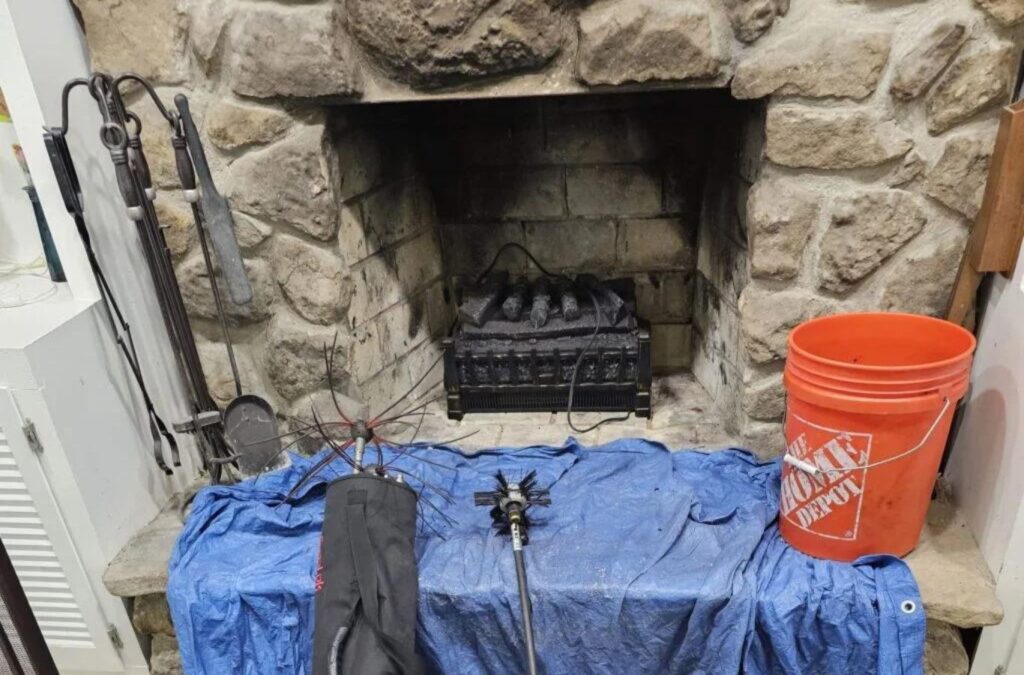
What is a SuperVent Stove Pipe?
SuperVent stove pipes are high-quality components designed to connect wood stoves or other heating appliances to the chimney system. Known for their durability and efficiency, SuperVent pipes are built to handle the high temperatures produced by wood-burning stoves. These pipes are double-walled, which provides insulation to maintain optimal draft performance and reduce the risks associated with excessive heat.
The inner wall of a SuperVent pipe is typically stainless steel, which resists corrosion and can withstand extreme temperatures. The outer wall is made of galvanized or stainless steel for added durability and protection. This dual-wall construction ensures that heat remains contained within the pipe, protecting nearby structures and materials from overheating.

Understanding All-Fuel Chimney Systems
An all-fuel chimney is a versatile system designed to vent exhaust gases from a variety of heating appliances, including wood stoves, gas fireplaces, oil furnaces, and pellet stoves. These chimneys are constructed to withstand the demands of different fuel types, making them an ideal choice for homeowners seeking flexibility.
All-fuel chimneys are insulated to ensure that the heat from the exhaust gases does not escape into the surrounding environment, which enhances safety and efficiency. Their robust construction and compatibility with multiple appliances make them a popular choice for modern homes.
Compatibility Between SuperVent Stove Pipe and All-Fuel Chimney
The compatibility of SuperVent stove pipes with all-fuel chimneys depends on adherence to specific installation guidelines and safety standards. While SuperVent stove pipes are designed for use with wood stoves, they can be connected to all-fuel chimneys under certain conditions.
First and foremost, the stove pipe and chimney components must be from the same manufacturer or explicitly approved for compatibility. Using components from different manufacturers without proper certification can result in improper sealing, inefficient venting, and safety risks. SuperVent products are often designed to integrate seamlessly with their corresponding all-fuel chimney systems, ensuring a secure and efficient connection.
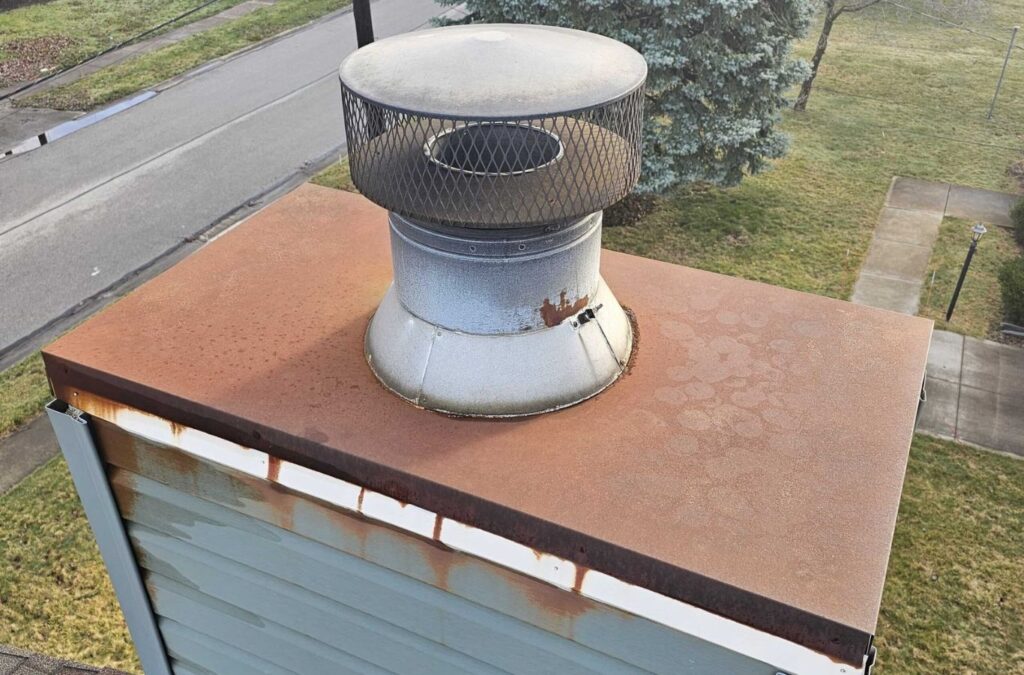
Key Considerations for Installation
When installing a SuperVent stove pipe with an all-fuel chimney, several factors must be taken into account to ensure safe and effective operation:
Compliance with Manufacturer Guidelines
Always consult the manufacturer’s installation manual for both the stove pipe and the chimney system. These guidelines provide detailed instructions on proper installation and compatibility. Failure to follow these instructions can void warranties and compromise safety.
Proper Adapter Use
In many cases, a specific adapter is required to connect a stove pipe to an all-fuel chimney. This adapter ensures a secure fit and proper alignment, preventing leaks or inefficiencies in the system. Verify that the adapter you use is designed for both the SuperVent pipe and the all-fuel chimney.
Maintaining Clearance and Insulation
One of the critical safety considerations in any venting system is maintaining adequate clearance between the pipe and combustible materials. Both SuperVent stove pipes and all-fuel chimneys come with manufacturer-specified clearance requirements that must be followed. Additionally, ensuring proper insulation in the system is essential for maintaining safe operating temperatures and preventing heat transfer to surrounding materials.
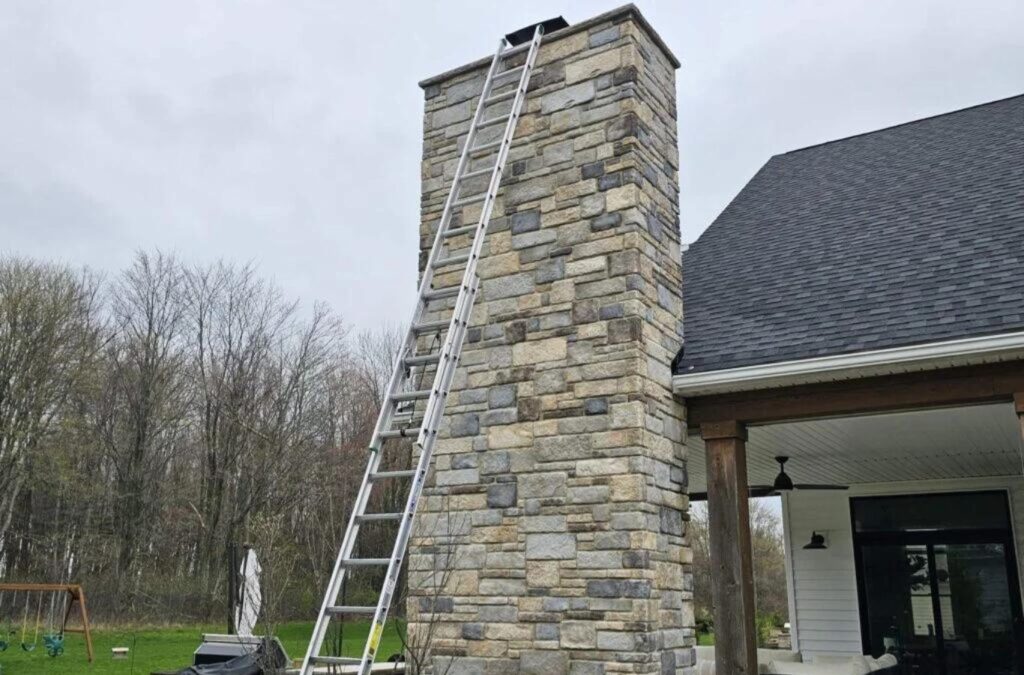
Benefits of Using SuperVent Stove Pipe with All-Fuel Chimney
When installed correctly, using a SuperVent stove pipe with an all-fuel chimney offers numerous advantages:
Enhanced Versatility
This combination allows homeowners to enjoy the benefits of wood-burning stoves while maintaining the flexibility to switch to other fuel types if desired. The all-fuel chimney’s compatibility with various appliances adds value to the home and simplifies future upgrades.
Improved Safety
Both SuperVent stove pipes and all-fuel chimneys are designed with safety in mind. Their high-quality construction minimizes the risk of overheating, gas leaks, and other hazards associated with improper venting.
Efficient Draft Performance
The insulated design of these components ensures optimal draft performance, which is crucial for maintaining consistent and efficient combustion. This reduces fuel consumption and enhances the overall heating experience.
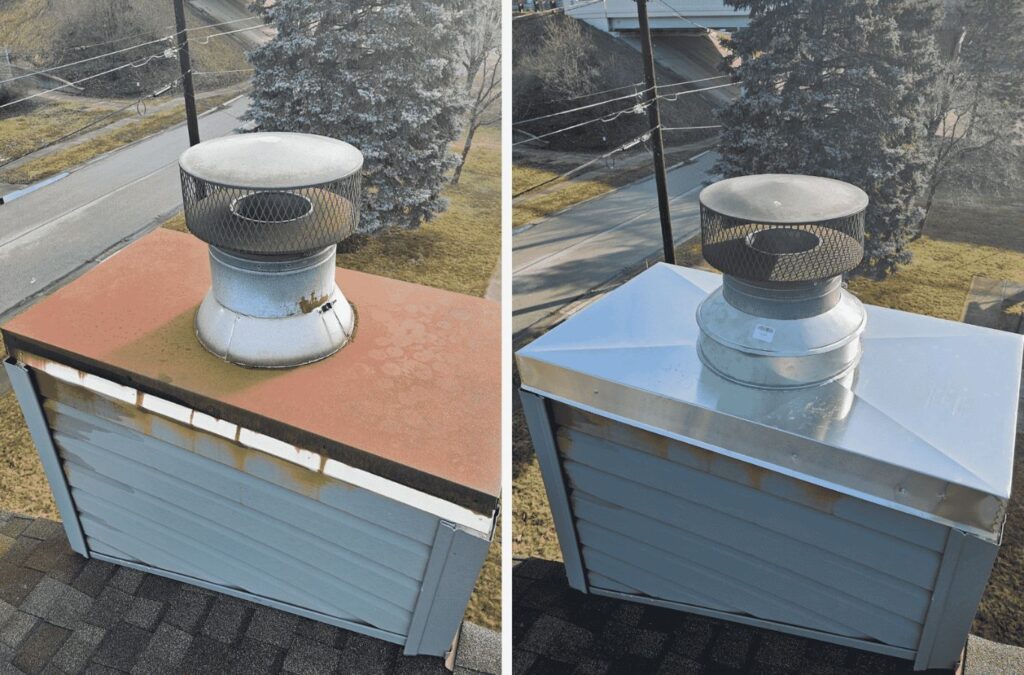
Common Mistakes to Avoid
While combining a SuperVent stove pipe with an all-fuel chimney is a practical solution, some common mistakes can undermine the system’s performance and safety:
Using Mismatched Components
One of the most critical errors is using stove pipe and chimney components that are not designed to work together. Always verify compatibility to avoid leaks, inefficiencies, or potential safety hazards.
Ignoring Local Building Codes
Local building codes often dictate specific requirements for venting systems. Ignoring these regulations can lead to non-compliance, which might result in fines or the need for costly modifications.
Skipping Professional Installation
While some homeowners may attempt a DIY installation, hiring a professional ensures that the system is installed correctly and safely. Professionals have the expertise to address any challenges that may arise during installation.
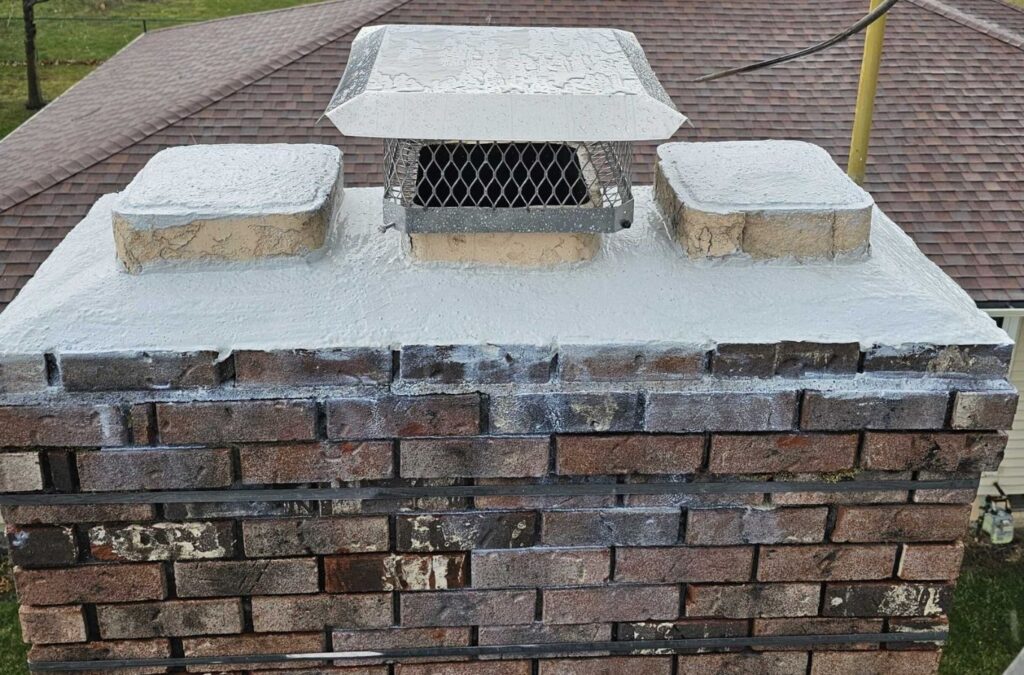
The Role of Maintenance in System Longevity
Proper maintenance is essential for keeping your venting system safe and efficient. Regular inspections and cleanings help prevent the buildup of creosote, soot, or other debris that can compromise performance or pose a fire risk. Both the stove pipe and the chimney should be inspected annually by a qualified professional.
At Green & Clean Home Services, we specialize in professional chimney cleaning and maintenance throughout Northeast Ohio. Our experienced team ensures that your system operates at peak efficiency, giving you peace of mind and prolonging the life of your venting components.
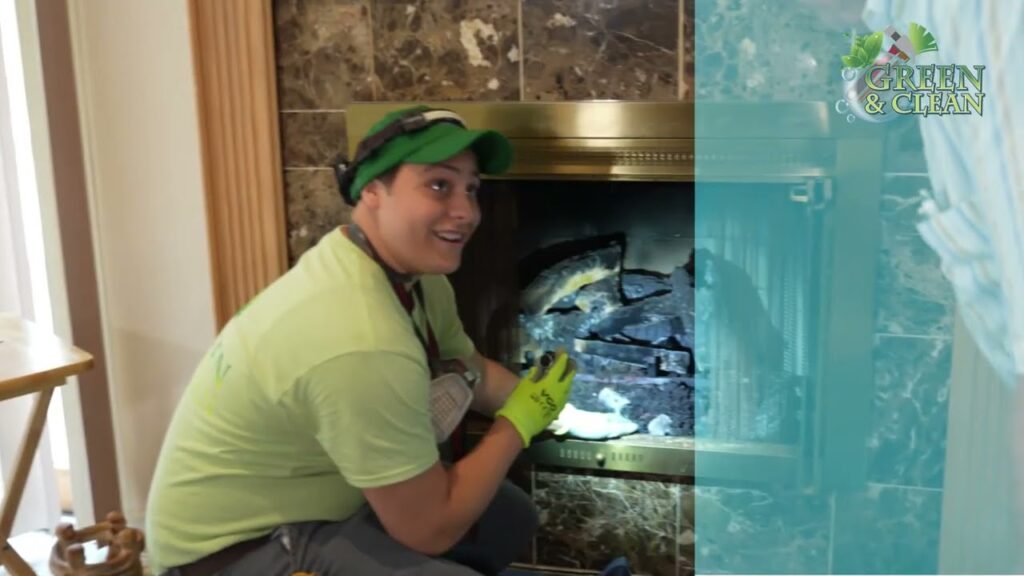
Conclusion
Using a SuperVent stove pipe with an all-fuel chimney is a practical and effective solution for venting wood stoves and other heating appliances. By ensuring compatibility, following manufacturer guidelines, and prioritizing professional installation and maintenance, you can create a safe and efficient heating system for your home.
Whether you’re installing a new system or maintaining an existing one, trust Green & Clean Home Services to provide expert chimney cleaning and maintenance services in Northeast Ohio. With a commitment to safety and efficiency, we help homeowners enjoy reliable and worry-free heating solutions.


